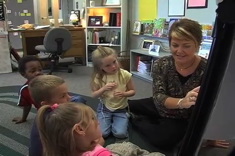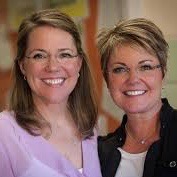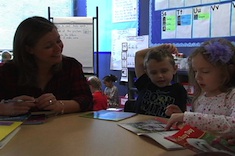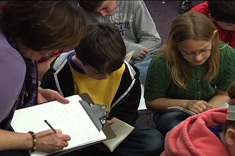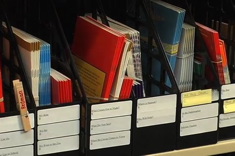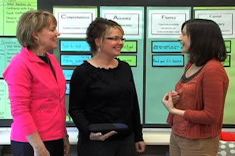In the past, flexible groups really weren’t that flexible in our classrooms, especially when we based the groups on students’ reading levels. For years we said, “Yes, of course we...
Membership Required
The rest of this content is restricted to Choice Literacy members.
Join us today for instant access and member-only features:
Articles
Get full access to all Choice Literacy article content
Videos
Get full access to all Choice Literacy video content
Product Discounts
Receive members-only product discounts for online courses, DVDs, books and more
Membership Options

